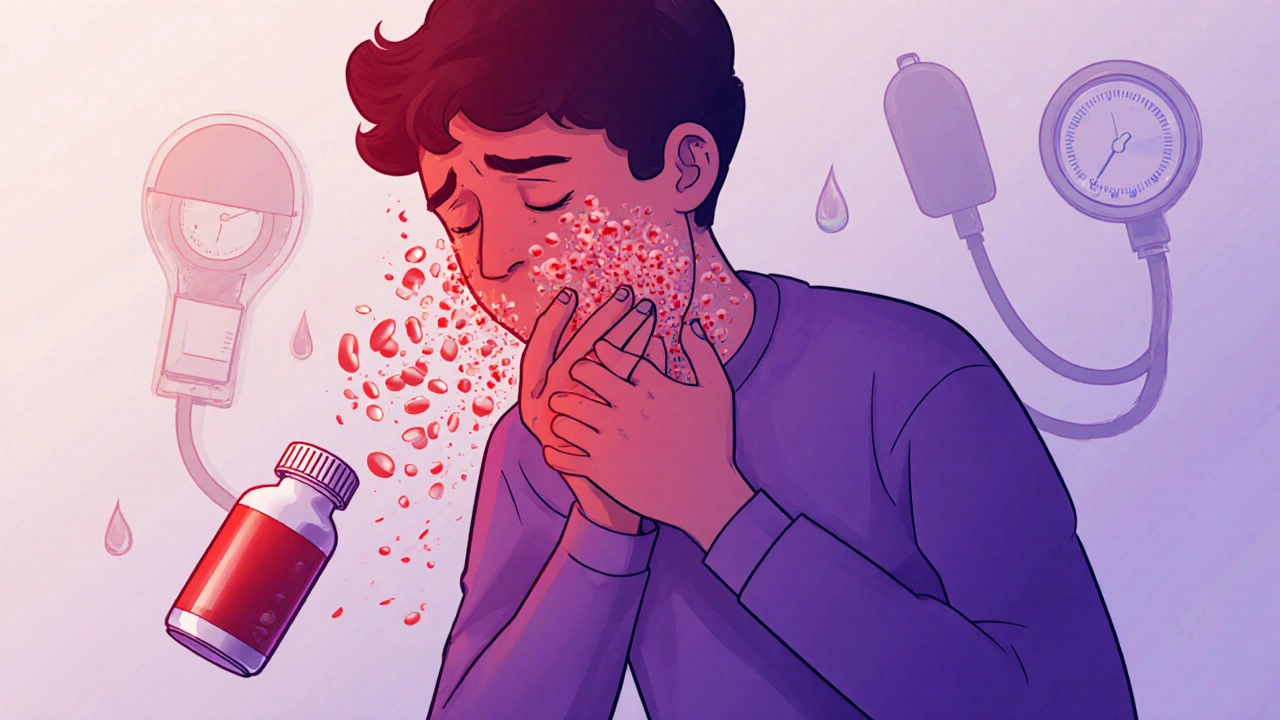Allergic Reaction: Signs, Triggers, and What to Do When It Happens
When your body overreacts to something harmless—like peanuts, penicillin, or bee venom—you’re experiencing an allergic reaction, an immune system response to a substance it wrongly sees as a threat. Also known as hypersensitivity reaction, this isn’t just a runny nose or itchy skin—it can be life-threatening if not handled fast. Millions of people deal with these reactions every year, and many don’t realize how quickly they can escalate.
Common triggers include antihistamines, medications used to treat allergies, but sometimes they can cause reactions themselves, certain food allergies, like shellfish, eggs, or tree nuts, which can cause sudden swelling or breathing trouble, and drug allergies, especially to antibiotics like penicillin or NSAIDs like ibuprofen. You might think you’re safe because you’ve taken a drug before—but allergies can show up out of nowhere, even after years of use. An anaphylaxis, a severe, whole-body allergic reaction that blocks airways and drops blood pressure can strike in minutes. That’s why recognizing early signs—hives, swelling, tight throat, dizziness—is critical.
Some reactions are mild and fade with an OTC pill. Others need an epinephrine shot and an ER visit. The posts below cover real cases: how antihistamines can worsen eye pressure in people with glaucoma, why certain antibiotics trigger rashes, and what to avoid if you’ve had a reaction to a common painkiller. You’ll find guides on spotting hidden triggers in meds, understanding cross-reactions, and knowing when to call for help. Whether you’re managing a new allergy or worried about a past reaction, this collection gives you the facts you need—no fluff, no guesswork.
Anaphylaxis from Medications: How to Recognize and Respond to a Life-Threatening Allergic Reaction
Anaphylaxis from medications is fast, deadly, and often misdiagnosed. Learn the warning signs, why epinephrine is the only lifesaver, and how to act before it’s too late.

